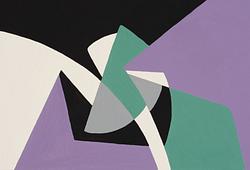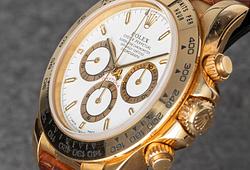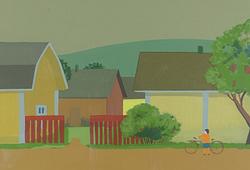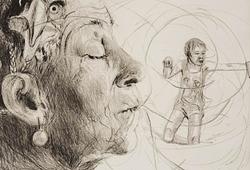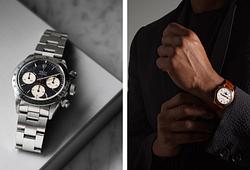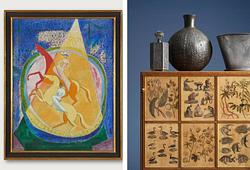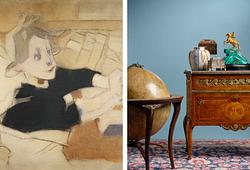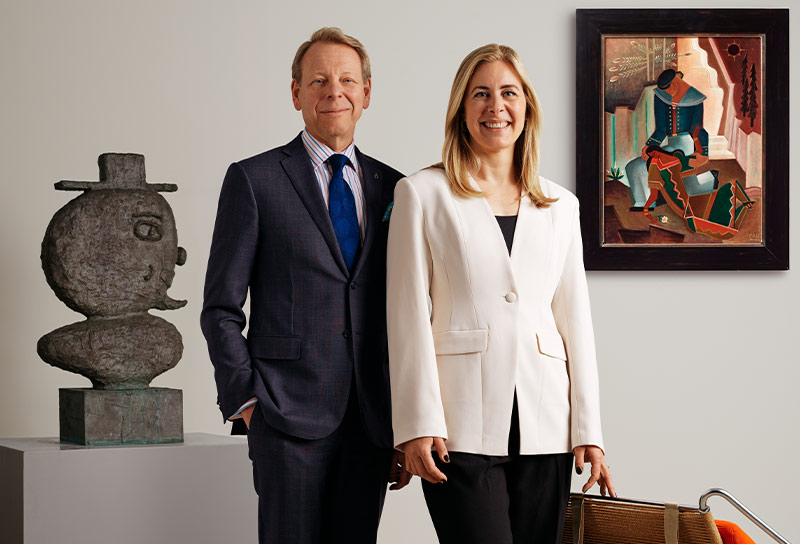Ola Billgren
"Spegling"
Signed Ola Billgren and dated -66. Canvas 27 x 42 cm.
Exhibitions
Moderna Museet, Stockholm, "En retrospektiv - A Retrospective", 26 October - 8 December 1991.
Rooseum, Malmö, "En retrospektiv - A Retrospective", 14 May - 4 August 1991.
Västerås Konstmuseum.
Literature
Galleri 69, "Ola Billgren, målningar 1963-73", 1973, illustrated fullpage no 34.
Rooseum, Malmö and Moderna Museet, Stockholm, ed. Lars Nittve and others, "Album, Ola Billgren, en retrospektiv - a painting retrospective, Vol. 1", 1991, illustrated fullpage p. 32.
Lars-Göran Oredsson, "Svensk Nutidskonst 3", 1993, illustrated fullpage no. 12.
Douglas Feuk och Anne Ring Petersen, "Ola Billgren - Måleri Paintings", 2000, illustrated fullpage p. 91.
More information
“You can’t get rid of the past that easily”. This was the start of a conversation between Lars Nittve and Douglas Feuk, which is quoted in the exhibition catalogue produced for Ola Billgren’s retrospective exhibition at Rooseum, Malmö and Moderna Museet, Stockholm in the summer and autumn of 1991. Ola Billgren’s work was hugely conscious of the past, both the private and the collective, at the same time as it was eager to re-examine the image of history in order to create pictures of contemporary time.
In the 1960s when non-figurative painting still dominated, Ola Billgren, driven by his interest in history, began to produce realistic and representational art. In Billgren’s paintings from the 1960s and 1970s the inspiration came from contemporary, urban life, from literature and from films, and from the illustrated press. He attracted much attention and went on to represent Sweden in a number of exhibitions, including the 1967 and the 1971 Paris Biennales (celebrating young artists) as well as at the Venice Biennale in 1976. In many of his paintings from the 1960s the viewer encounters what appears to be the artist’s intimate environment. He surrounds his figures with everyday items: clothes, furniture, newspapers, cigarette packets, beer bottles and china, thus revealing something of the place from which the paintings emerged. Everyday life plays a significant role in the work, ‘Spegling’, represented here. The person depicted in the painting stands in an apparently empty room, their reflection becoming visible in something as prosaic as the window blinds. The viewer discovers the details through the mirroring effect, adding an additional dimension that the viewer's gaze is filtered through. Look more closely and you will see a half-open wardrobe door, a lone poster on the wall and something else in the corner. Is someone moving in? Moving out? Ola Billgren suspends the viewer in a state of uncertainty, leaving it entirely up to you to tell the story.
Artist
Ola Billgren was born in 1940 in Copenhagen but based his career in Sweden. Billgren was self-taught, having only been trained by his parents Hans and Grete Billgren. Ola worked within the mediums of graphic art, watercolour, collage, photography, film, and scenography. He was also an author and culture critic. Known for his versatility, Billgren cultivated a relationship between art and reality in his work.
During the 1960s, he transitioned from abstract expressionism to photographic realism. Over time, his paintings evolved into a fusion of abstract and photorealistic styles, resulting in romantic landscapes where he examined the interplay of light and color. Forms dissolved, and colors were reduced to monochrome, single-colored surfaces that were richly worked and varied.
In the late 1980s, he returned to urban environments in large cityscapes, often painted from a high perspective but maintaining the impressionistic approach seen in his landscapes. Ola Billgren's influence on recent decades of art has been significant. His work is represented in institutions such as Musée National d'art Moderne Centre George Pompidou in Paris and Moderna Museet in Stockholm.




